Steve Lacey is a guy who just wants a quiet life. An ex-con who has done hard time and now has found a decent job at the airfield and a wife who is loyal to her reformed/reforming man, Lacey knows there is not much open to him outside of trying to build his own American dream. But he also knows even that hangs by a thread. The constant calls from guys he knew once in his life plague him – men who seek him out for the very reasons he makes a good honest citizen – he’s loyal, hard-working and always knows the score. Lacey is doomed because no matter what he does, he can’t completely hide from those he once knew (even though he tries).
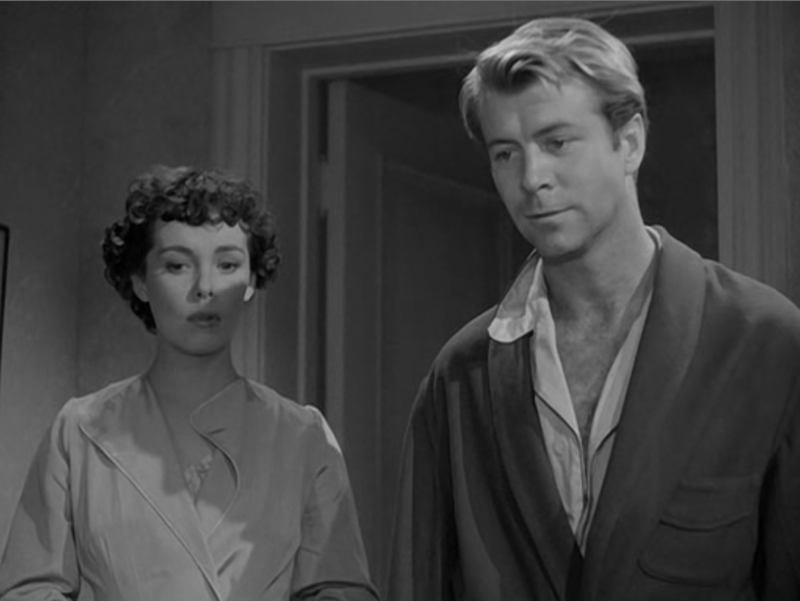 |
| Steve Lacey: the ex-con as unwilling aider and abetter of criminals from his past life. |
Crime Wave is decidedly Los Angeles: a city of drifters, criminals and cops. The normal folk – people like Steve Lacey’s wife or the poor gas station attendant – are used and abused by those with guns and agendas. From the early moments of the film, de Toth is determined to shoot on-location in the city and to maintain a decent geographical consistency across the film. Reportedly, the movie was truly shot in Los Angeles City Hall, in the homicide division (you can tell by the reverb of the audio that this was an actual location shoot, the flat institutional lighting likely enhanced by studio lights yet trying to maintain a realistic consistency) and in the parking garage beside it. Sawyer’s Pet Hospital (where Dr. Hessler works and pontificates on the purity of animal relationships) is still standing on the corner of San Fernando and Alma Roads in Glendale (and is still an operating animal clinic). Even the chase at the end of the film, seems to maintain a geography consistent with driving from Glendale to Chinatown in 1949/1950.
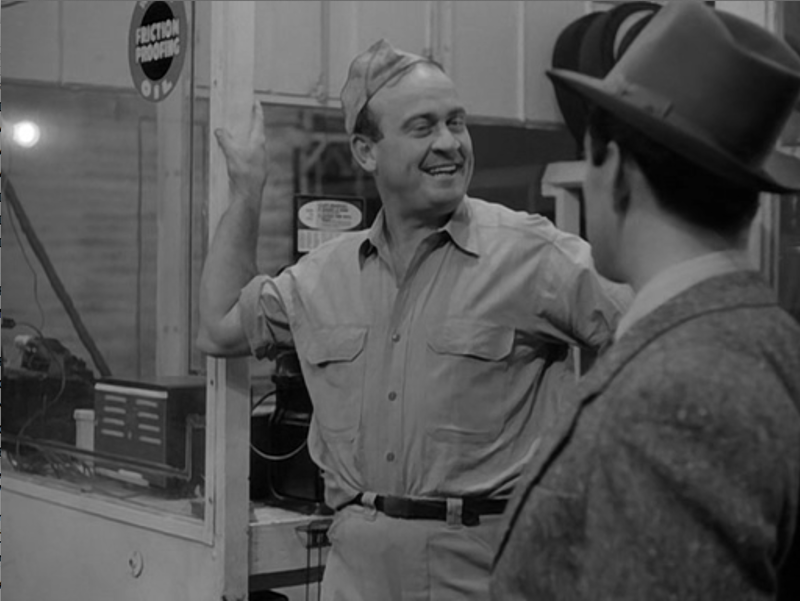 |
| A bit character given memorable action -- singing a Doris Day song as it plays on the radio behind him. |
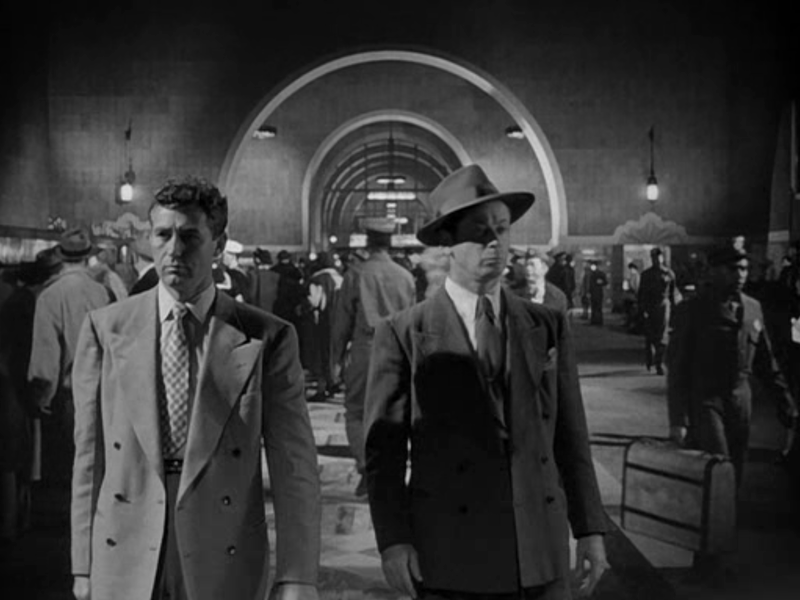 |
| De Toth used mostly real Los Angeles locations. Even Union Station makes a brief appearance. |
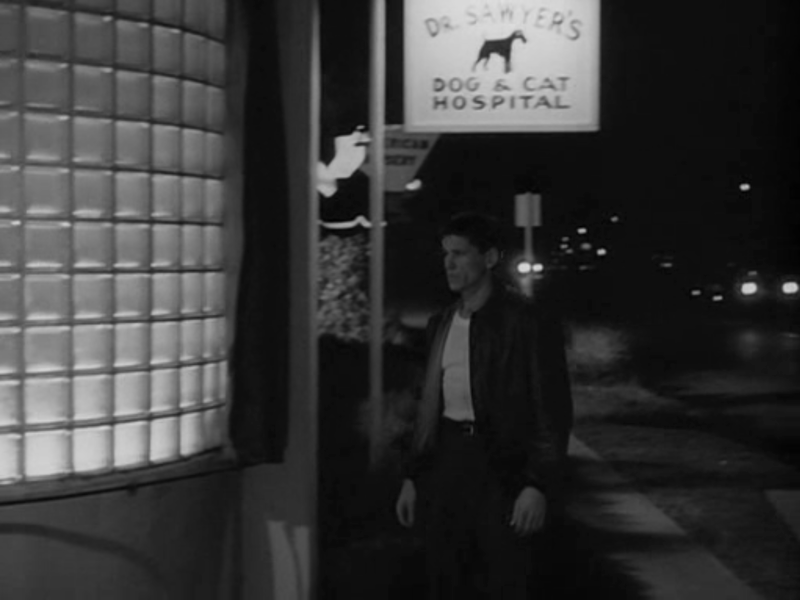 |
| Dr. Sawyer's Dog & Cat Hospital in Crime Wave. |
 |
| Known today as the Angelus Pet Hospital, the same building still stands at the corner of Alma Street and San Fernando Road in Glendale, CA. |
Notice the drive from Glendale to Chinatown shown below. The geography is true to life, which is quite rare for Hollywood films of any era. (For a closer look at the Glendale locations, please check out this fantastically detailed examination of then/now photos of all of Crime Wave's Glendale locations at Tropico Station.)

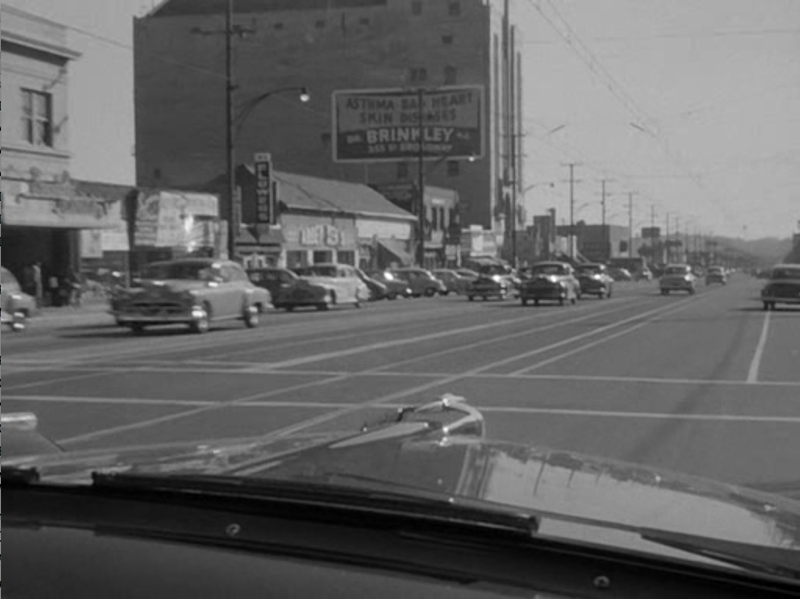
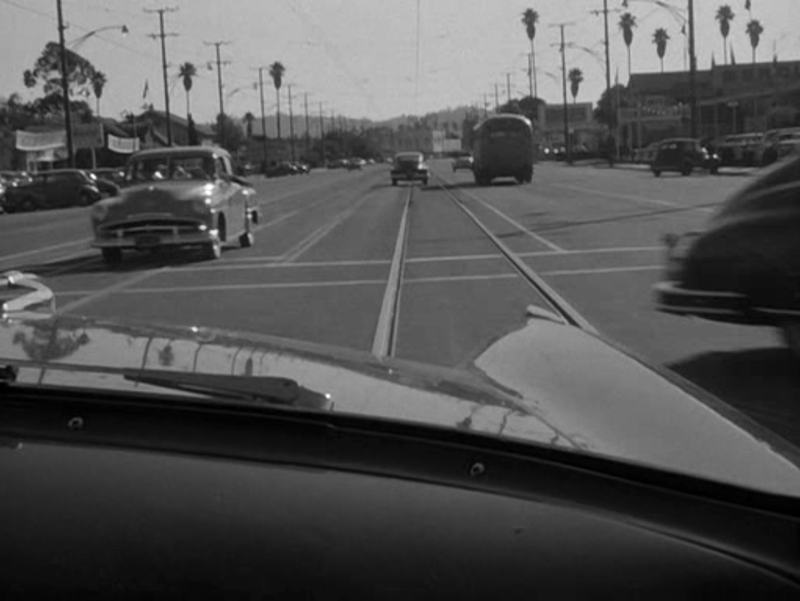

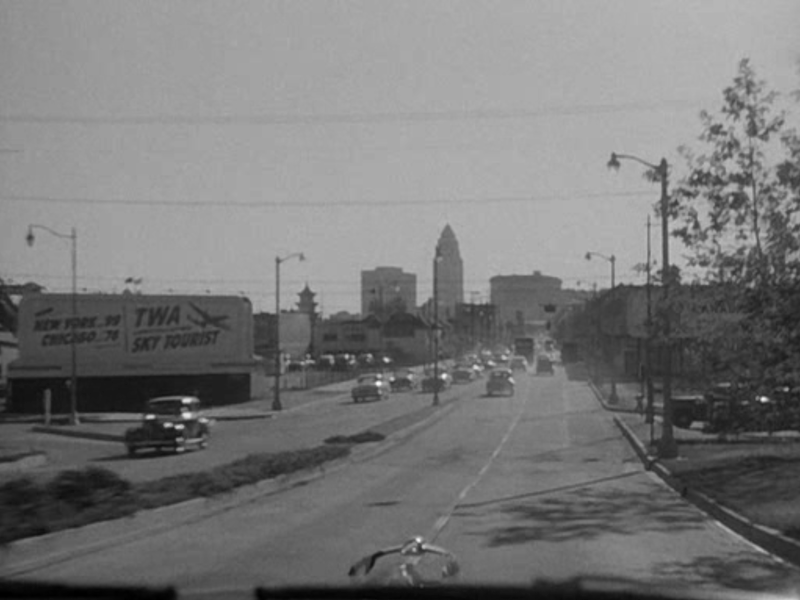

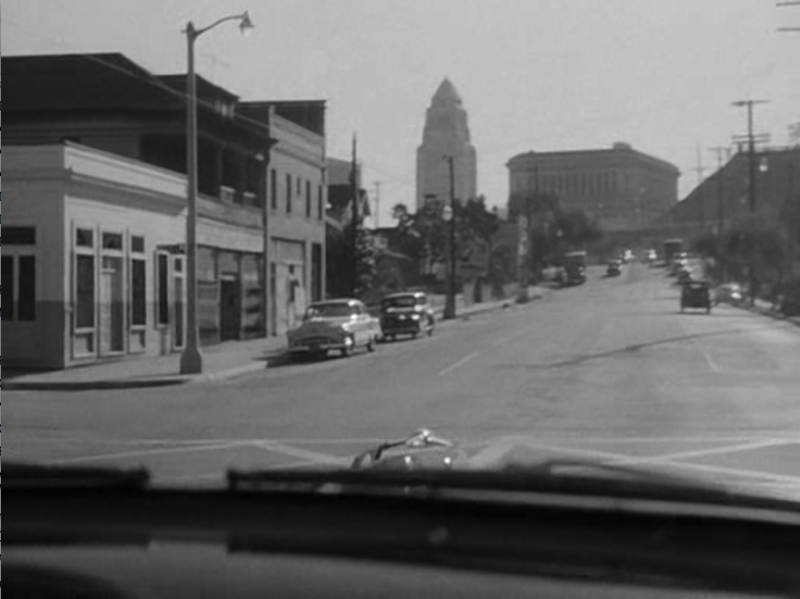
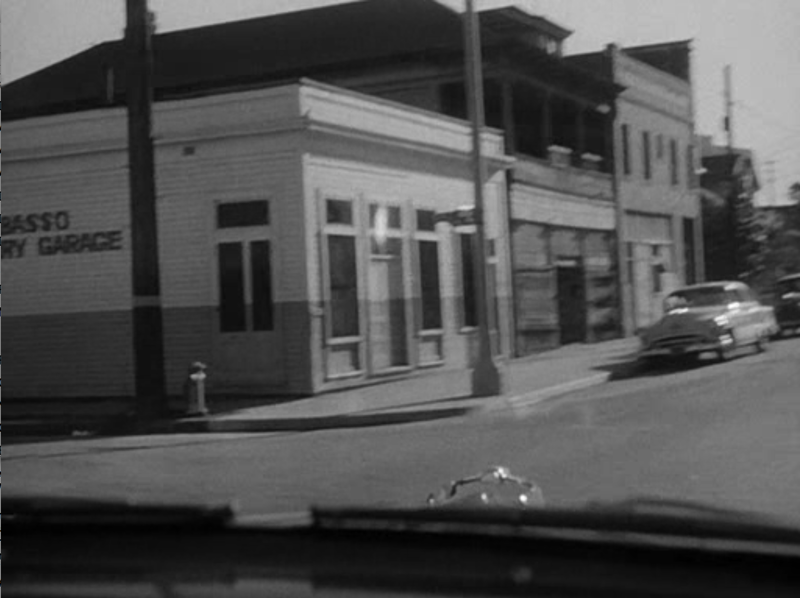
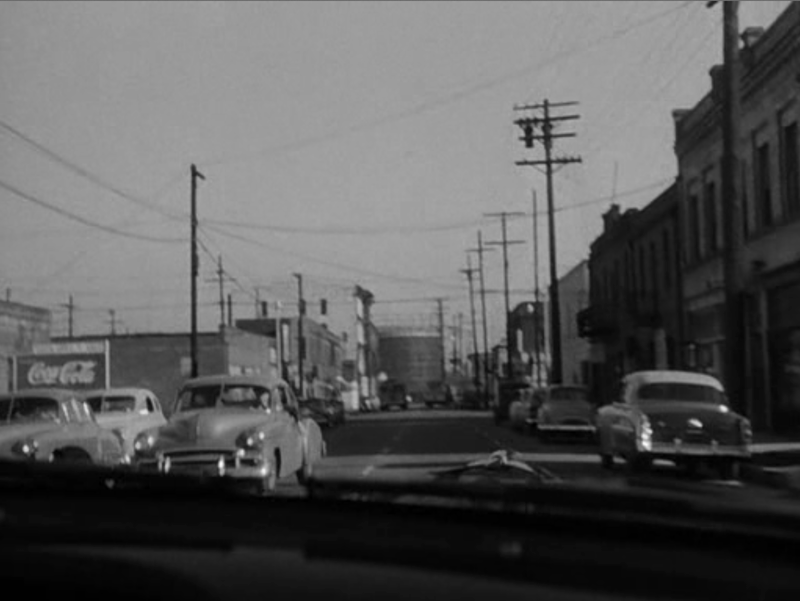
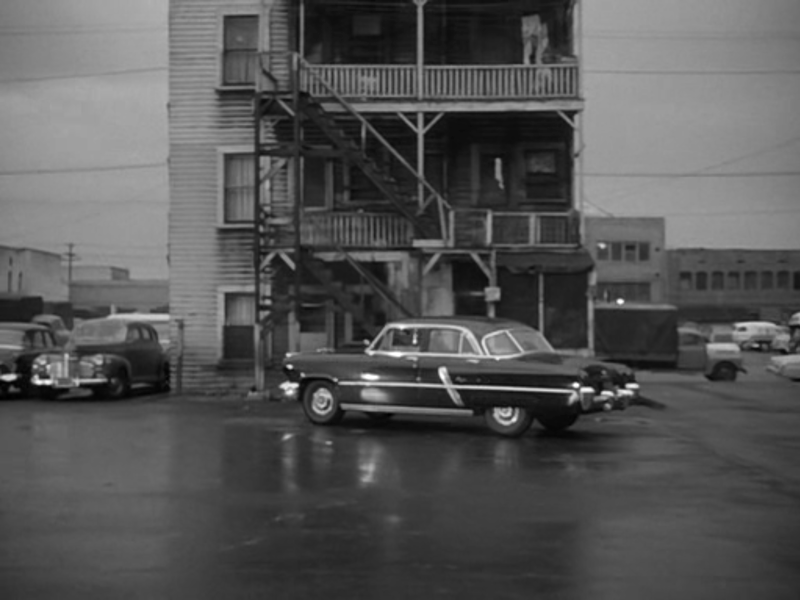
I loved this film, which I watched because I was curious as to what kind of dramatic actor my favorite screen dancer, Gene Nelson, would be. Turns out, he's an excellent dramatic actor, as witnessed by his low key, underplayed performance as an ex-con who keeps making wrong decisions because he thinks the police won't believe his story and because he fears for the life of his wife, who is being threatened by the villains in the film. Andre de Toth's decision to not go with Jack Warner's concept of the picture, as a big budget film with Bogart and Ava Gardner in the leads, was the right one. Big splashy names and expensive production values would have ruined this noir story, with its plot about an ex-con trying to escape his past and go straight. Everything works here; the camera work, the filming on the streets of Los Angeles, the lighting, and the performances. Sterling Hayden, as the cop who is hounding the ex-con throughout the film, also turns in a good performance, as do the other players.
ReplyDelete